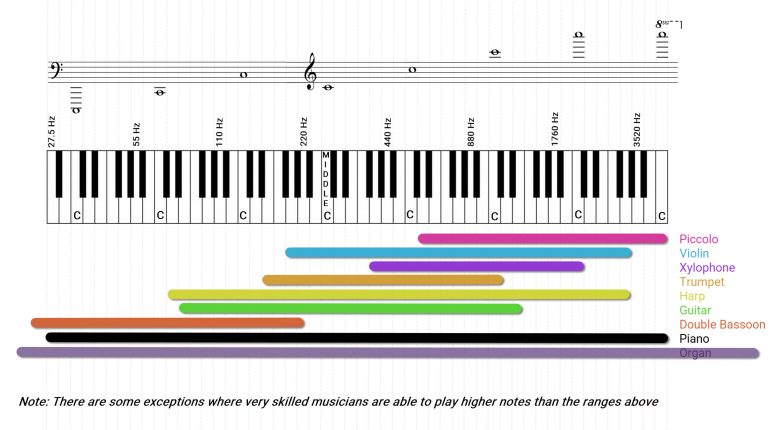
The Science of Music – How One Song Can Be Expressed In Different Genres
SYNOPSIS
Not all music had melody. What is melody anyway? How is rhythm different? The earliest form of music was just a rhythm (used in tribes). Melody was developed much later. We explore the elements that you change to make the same song sound and feel different by changing the following 3 properties of a song: Rhythm. Melody. Octave/Register. We show the difference between melody, rhythm, and using different octaves for the same song. We compare music from Jazz, Rock, and Classical styles and look at how melody is used differently in each of these styles.
Sound Frequencies
We explore why dogs howl and hear different sounds, or why they bark before you can see anyone passing by your home in the street. Why do cats detect earthquakes before humans? The difference in terms of the range of sound frequencies heard by the human ear and certain animals is that animals are able to hear low frequency sounds (infrasound), and high frequency sounds (ultrasound). We take a look into why this is so.
Frequencies in Music and Emotions
Lower sound frequencies invoke the emotion of fear, especially when there are many low frequency notes played together and in sequence. When we play a chord on the piano in the middle, we can notice that the selection of notes sounds pleasant. Playing the same chord one octave lower, results in a less pleasant sound. This is due to how the harmonics (set of frequencies) are received by our ears.
Notes and Frequencies in Music
Instruments from the different groups such as Strings, Brass, Woodwinds, and Percussion cover different sound frequency ranges. As does the male and female voice. We compare the differences and take a look at some of the vocal ranges of different pop, opera singers, and people with exceptionally rare vocal ranges.




